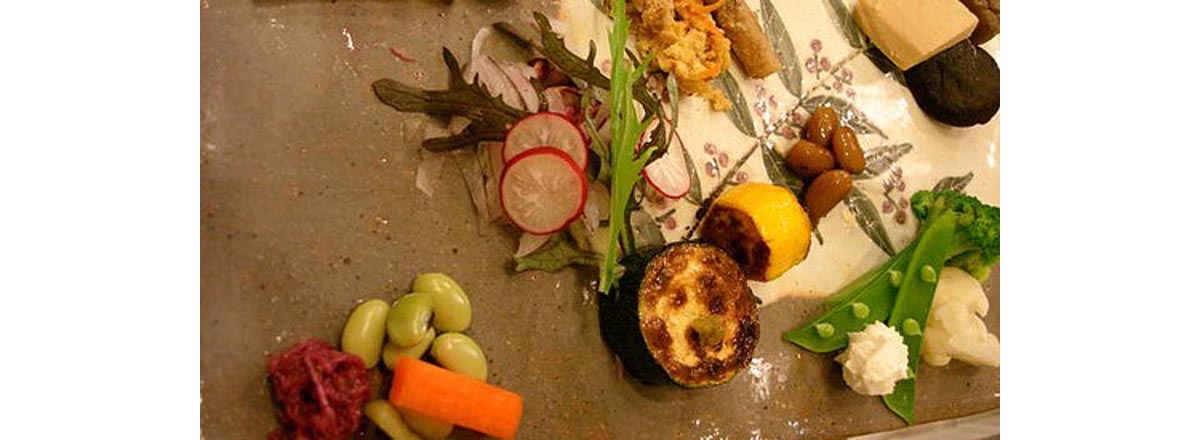Table of Contents
Macrobiotic foods consist mostly of grains, beans, vegetables and fermented soy. The diet is supplemented with small amounts of fish, poultry, fruits nuts and seeds. One of the best things about the macrobiotic diet is that there are very few specific rules, and the discretion is left up to each person. What is natural and organic in one region of the world may be imported or grown in unnatural conditions in another.

In North America, there are many unique locally grown foods like apples, oranges, melons and corn which are different from local foods in Japan, where the diet originated. Find out what is grown in your local area and choose those foods. Going to a local farmers market is the best way to live the macrobiotic lifestyle. Supporting local small farms is a great way to promote mental and spiritual health as well!
Foods to avoid
Foods which are in the extreme category are usually toxic, over-processed, too sweet, too spicy, too salty, or any combination of these. Restaurant food is probably some of the worst foods, since restaurants usually find the cheapest food products and are not necessarily concerned with where and how the foods were cultivated.
Food quantity
One thing to consider is the amount of food is not restricted on the macrobiotic diet. One is expected to eat not until they are stuffed, but until they are satisfied. There is a difference between eating “just enough” and feeling full. As a result, with good judgement, a person on this diet needn't starve, and can eat whenever they feel hungry.
Cooking and food preparation
Soups are very popular on the macrobiotic diet. One to two soups per day, made with all natural ingredients is expected. Cooking is done in the more traditional ways, baking, steaming or boiling. Whole grains should make up about half of the diet. Brown rice is at the top of the list of whole grains. Vegetables should be the next largest portion in a typical day, making up 25 to 30% of the daily intake. The last 20% of your intake should be from beans, fruits, nuts, and seeds.
The reason why this diet works so well with athletes is because food intake is not restricted. Processed foods and stimulants like coffee and energy drinks are not permitted because they throw the system out of natural balance, and can take away from physical performance and mental focus.
Rather than getting protein from an abundance of meat products, small, effective portions of local, organic poultry or wild local fish are allowed, providing more than enough meat to the diet.
There are many athletes who do not eat meat and have no problem performing. If you're considering a more holistic lifestyle, the macrobiotic diet may be right for you.
- “Macrobiotic diet” By Kathleen Zelman, MPH, RD, LD. Accessed January 2013. retrieved from: http://www.webmd.com/diet/features/macrobiotic-diet
- Photo courtesy of jdlasica on Flickr: www.flickr.com/photos/jdlasica/6404093179
- Photo courtesy of selena on Flickr: www.flickr.com/photos/selena/3652926324


Your thoughts on this